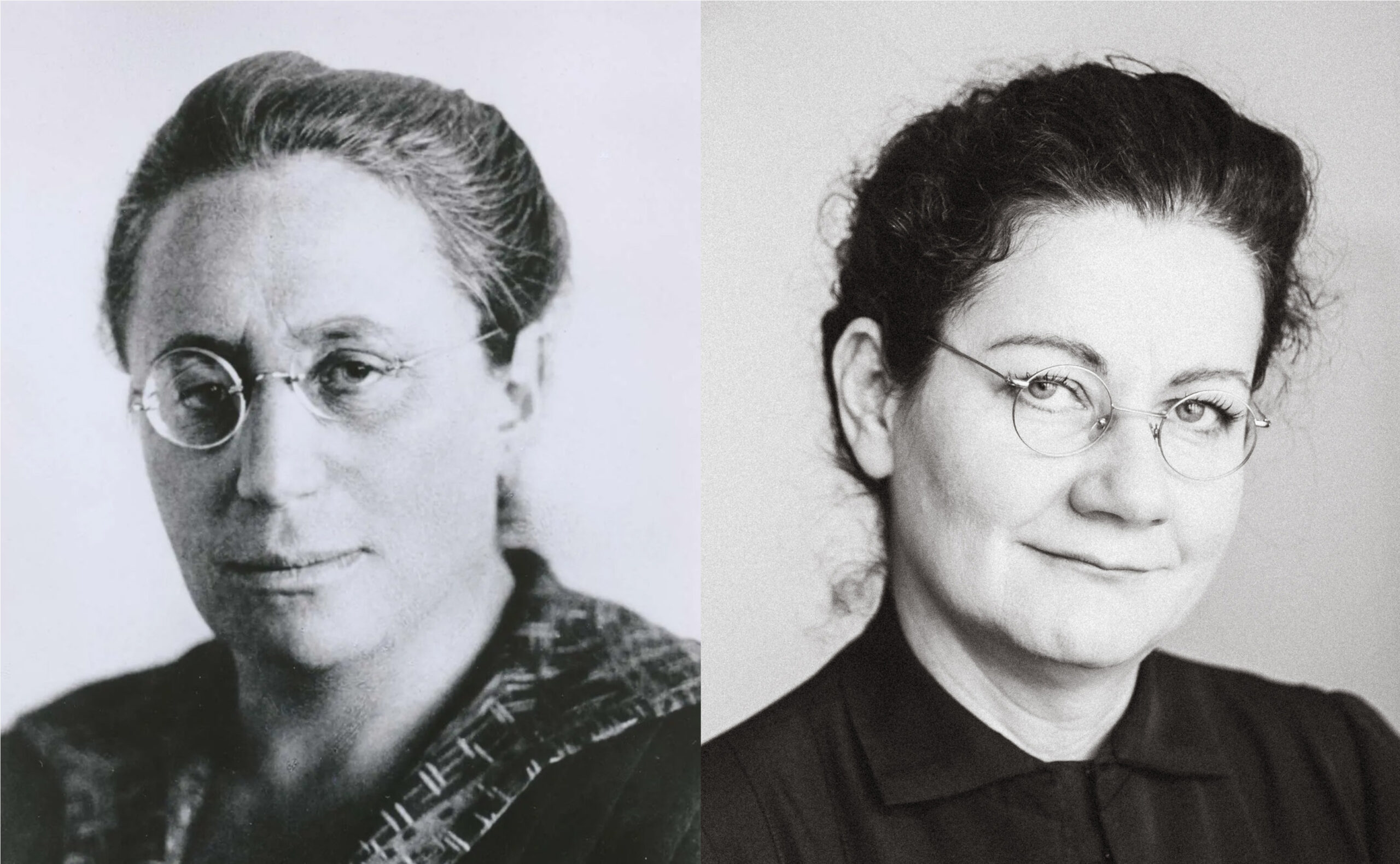Mathematics is replete with groundbreaking figures, but only a select few have reshaped its very foundations. Emmy Noether, a German mathematician born in 1882, belongs to this rare class. Throughout the first half of the twentieth century, her work revolutionized fields as varied as algebra, theoretical physics, and the philosophy of mathematics itself. To understand the scope and depth of Noether’s contributions, one must explore the transformative ideas she introduced and the lasting impact of her theorems and methodologies.
Noether’s Theorem: The Bridge between Symmetry and Conservation
Among the significant milestones of Emmy Noether is the formulation of Noether’s Theorem, conceived in 1915 and published in 1918. This theorem reveals a deep relationship between symmetries in physical systems and the conservation principles that oversee them. Essentially, it claims that each differentiable symmetry in the action of a physical system is linked to a conservation law.
For example, when a system exhibits the same behavior no matter its location in space (translational symmetry), it must preserve momentum. If the rules remain constant over different times (temporal symmetry), energy remains conserved. This theorem not only provided a clearer understanding of established physical concepts but also equipped physicists with a method to uncover new laws by identifying hidden symmetries within physical systems.
Noether’s Theorem forms the theoretical backbone of modern physics, being instrumental in advances ranging from quantum field theory to the Standard Model of particle physics. Noether herself worked alongside titans like Albert Einstein and David Hilbert in Göttingen, influencing the practice of theoretical physics at its highest level.
Revolutionizing Abstract Algebra: The Emergence of Noetherian Structures
Beyond physics, Noether revolutionized the discipline of mathematics by rigorously formalizing abstract algebra. Before her contributions, algebra mainly dealt with number systems and the resolution of equations. Noether brought a structural viewpoint, directing focus from the equations to the algebraic entities themselves, like groups, rings, and fields.
Her contributions led to the notion of Noetherian rings and modules. A Noetherian ring is defined as a ring in which every ascending chain of ideals terminates—a property crucial for maintaining a manageable and well-behaved structure in algebraic systems. This concept curtails infinite regress in algebraic processes and is essential for the classification of solutions to systems of equations.
The Noetherian property underlies much of modern commutative algebra and algebraic geometry. Mathematicians such as Oscar Zariski and André Weil built upon Noether’s work, applying her structural insights to the geometry of algebraic varieties and the solution spaces of polynomial equations. Today, the term Noetherian appears in a vast array of mathematical theorems and structures, attesting to the ubiquity of her influence.
Algebraic Invariants and Representation Theory
Noether made notable advancements in the field of invariant theory. This area of study examines characteristics of algebraic entities that remain constant—or invariant—when groups act upon them. Her dissertation and initial research were centered on these topics, but her greatest influence was through organizing invariant theory using abstract techniques.
She was instrumental in clarifying and widening the use of group representations, which link group theory with linear algebra and have applications in number theory, geometry, and theoretical physics. Her development of the Noether normalization lemma allowed mathematicians to generalize high-dimensional algebraic varieties and study them through lower-dimensional analogues.
Surpassing Challenges: Gender, Education, and Heritage
Noether’s mathematics was visionary, but her journey was anything but smooth. At the time, German universities were not open to professors who were women. Despite this, Noether persisted, contributing significantly without pay for several years while working under the aegis of great mathematicians like Felix Klein and David Hilbert at the University of Göttingen. When Hilbert tried to secure a professorship for Noether, his defense of her capacity in the face of prejudice became legendary: “Gentlemen, the university senate is not a bathhouse!”
After fleeing Nazi Germany due to her Jewish heritage, Noether continued her work as a faculty member at Bryn Mawr College in the United States, where she educated a new generation of mathematicians and fostered a rigorous academic community.
Impact on Mathematics and Physics: An Enduring Change in Paradigm
The breadth of Noether’s influence extends far beyond her original publications. Her abstract and axiomatic approach serves as a template for mathematical research in the twentieth and twenty-first centuries. Modern textbooks on algebra, geometry, and topology almost invariably reference Noetherian structures and techniques. Her theorem remains a starting point for the interplay between mathematics and physics, particularly in advanced studies of conservation laws and quantum symmetries.
Moreover, Noether’s life and work have stood as a testament to intellectual perseverance and the vital role of inclusivity in science. She not only broke new ground mathematically but also inspired subsequent generations—demonstrating that barriers, institutional or otherwise, can be overcome with clarity of vision and unwavering dedication to discovery.
Emmy Noether’s legacy is embedded deeply within the core of twentieth-century mathematics and physics. With each instance where a mathematician refers to a Noetherian idea or a physicist utilizes Noether’s Theorem to understand a novel symmetry in the cosmos, her vast impact is reconfirmed. In a domain characterized by abstraction and infinity, Emmy Noether’s work highlights the harmony between structure and law—steering inquiries that encompass everything from algebraic frameworks to the essential principles governing the universe.




